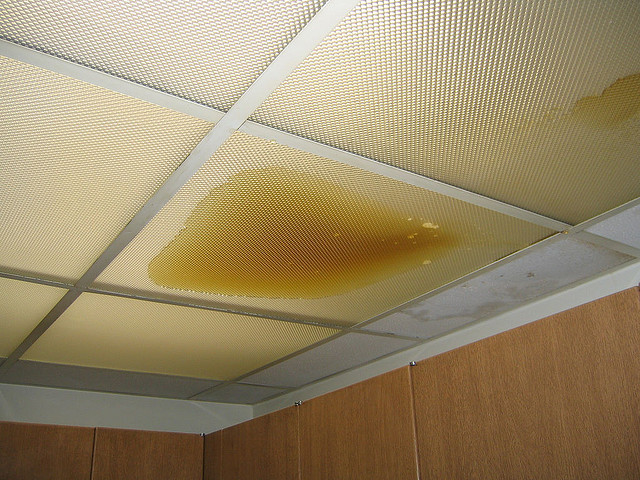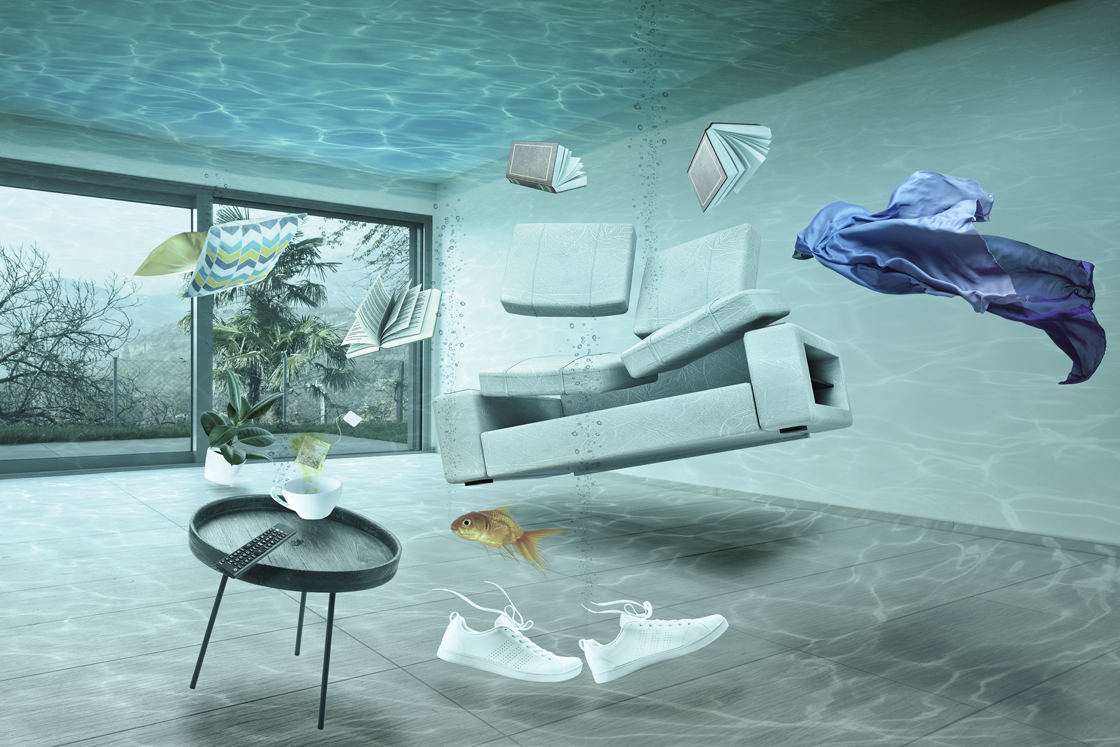Just how do you feel in regards to Detecting hidden plumbing leaks?

Early discovery of dripping water lines can reduce a possible disaster. Aside from conserving you cash, it will reduce the aggravation as well as aggravation. The minute you find a leak, calling your plumber for repairs is the best remedy. Nonetheless, some tiny water leaks may not be visible. If you can not spot it with your naked eyes, here are some hacks that help.
1. Take A Look At the Water Meter
Every house has a water meter. Checking it is a guaranteed manner in which helps you discover leaks. For beginners, switch off all the water resources. Ensure no person will flush, use the tap, shower, run the cleaning equipment or dishwasher. From there, go to the meter and also watch if it will certainly transform. Considering that no one is using it, there must be no movements. That shows a fast-moving leakage if it relocates. If you detect no modifications, wait an hour or 2 and also check back again. This indicates you might have a slow-moving leakage that might even be underground.
2. Check Water Consumption
If you detect sudden modifications, despite your intake being the same, it means that you have leakages in your plumbing system. An unexpected spike in your expense shows a fast-moving leak.
At the same time, a steady rise monthly, even with the very same behaviors, shows you have a slow leak that's additionally gradually rising. Call a plumber to extensively check your building, especially if you really feel a warm location on your floor with piping beneath.
3. Do a Food Coloring Examination
30% comes from commodes when it comes to water intake. Test to see if they are running effectively. Decrease flecks of food color in the tank and wait 10 minutes. There's a leak in between the container and also dish if the shade in some way infiltrates your bowl throughout that time without flushing.
4. Asses Exterior Lines
Do not neglect to inspect your outdoor water lines too. Examination faucets by affixing a yard pipe. Ought to water permeate out of the connection, you have a loosened rubber gasket. Change this and also make sure all links are tight. If you've got a lawn sprinkler, it will certainly help get it properly analyzed as well as kept yearly. One little leakage can throw away lots of water and increase your water costs.
5. Check and Analyze the Situation
Homeowners should make it a behavior to inspect under the sink counters as well as even inside closets for any bad odor or mold and mildew growth. These 2 red flags suggest a leak so timely interest is needed. Doing routine examinations, even bi-annually, can conserve you from a significant trouble.
Examine for stainings and also damaging as the majority of devices and also pipes have a life expectancy. If you think dripping water lines in your plumbing system, don't wait for it to rise.
Early discovery of dripping water lines can minimize a potential calamity. Some tiny water leaks may not be noticeable. Examining it is a surefire method that aids you discover leakages. One tiny leak can throw away tons of water as well as increase your water costs.
If you presume leaking water lines in your plumbing system, do not wait for it to intensify.
WARNING SIGNS OF WATER LEAKAGE BEHIND THE WALL
PERSISTENT MUSTY ODORS
As water slowly drips from a leaky pipe inside the wall, flooring and sheetrock stay damp and develop an odor similar to wet cardboard. It generates a musty smell that can help you find hidden leaks.
MOLD IN UNUSUAL AREAS
Mold usually grows in wet areas like kitchens, baths and laundry rooms. If you spot the stuff on walls or baseboards in other rooms of the house, it’s a good indicator of undetected water leaks.
STAINS THAT GROW
When mold thrives around a leaky pipe, it sometimes takes hold on the inside surface of the affected wall. A growing stain on otherwise clean sheetrock is often your sign of a hidden plumbing problem.
PEELING OR BUBBLING WALLPAPER / PAINT
This clue is easy to miss in rooms that don’t get much use. When you see wallpaper separating along seams or paint bubbling or flaking off the wall, blame sheetrock that stays wet because of an undetected leak.
BUCKLED CEILINGS AND STAINED FLOORS
If ceilings or floors in bathrooms, kitchens or laundry areas develop structural problems, don’t rule out constant damp inside the walls. Wet sheetrock can affect adjacent framing, flooring and ceilings.
https://www.servicemasterbyzaba.com/blog/how-to-detect-water-leakage-in-walls/

As a serious reader on Hacks to detect leaks, I was thinking sharing that post was worth the trouble. For those who appreciated our blog entry plz don't forget to share it. Thank-you for going through it.